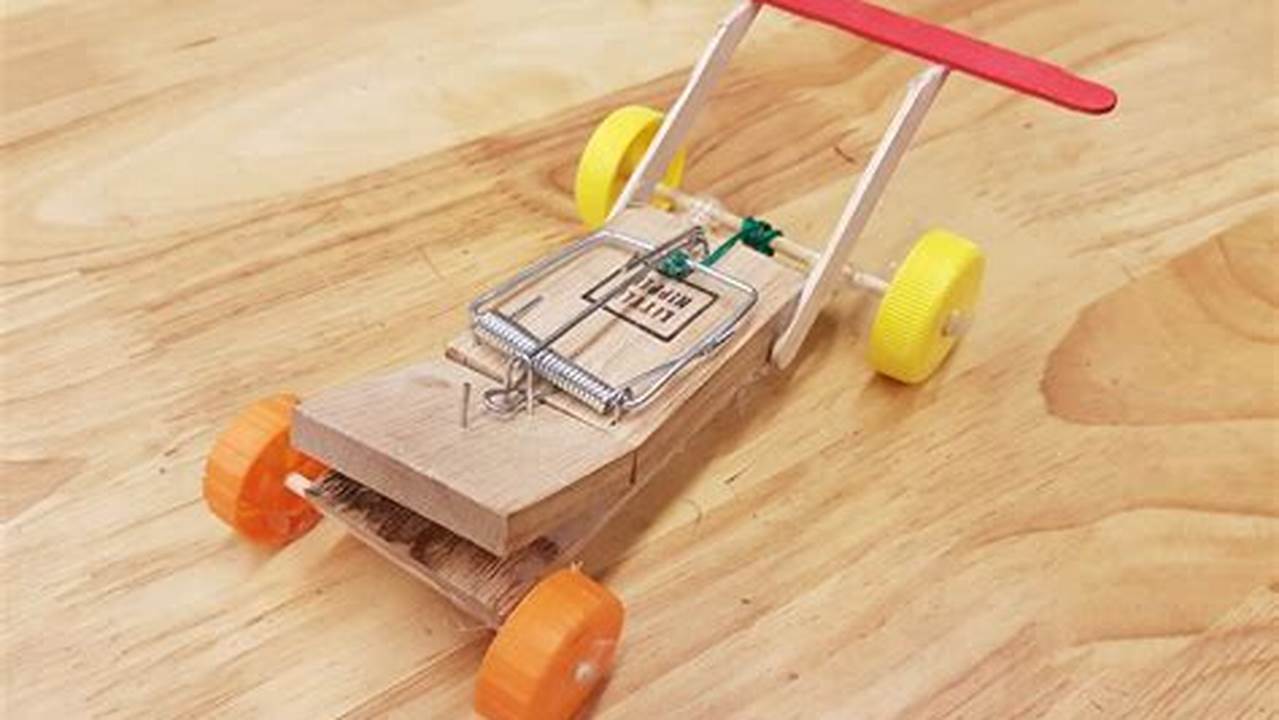
Connecting a mouse to a laptop is a simple process that can be completed in a few steps. A mouse allows you to control the cursor on your laptop’s screen, making it easier to navigate and interact with your computer. There are two main types of mice: wired and wireless. Wired mice connect to your laptop via a USB cable, while wireless mice connect via Bluetooth or a USB receiver.Here are the steps on how to hook up a mouse to your laptop with a USB cable:
Using a mouse with your laptop can provide several benefits. A mouse can improve your productivity by making it easier and faster to navigate your computer. It can also reduce strain on your wrists and hands, which can be caused byThe first computer mouse was invented in the 1960s by Douglas Engelbart. It was a wooden box with two metal wheels that allowed the user to move the cursor on the screen. Since then, mice have evolved significantly, and there are now a wide variety of mice available to choose from.

